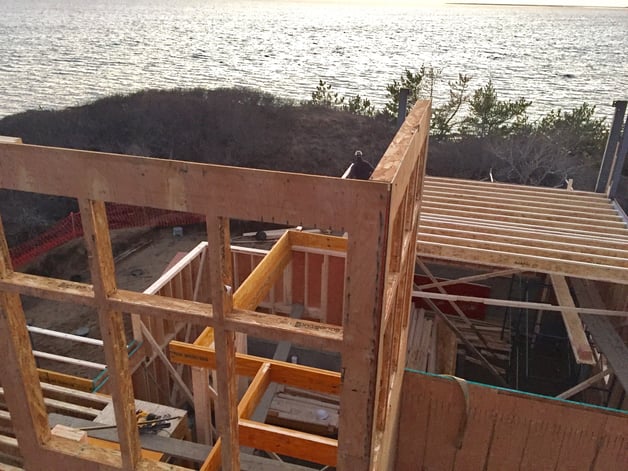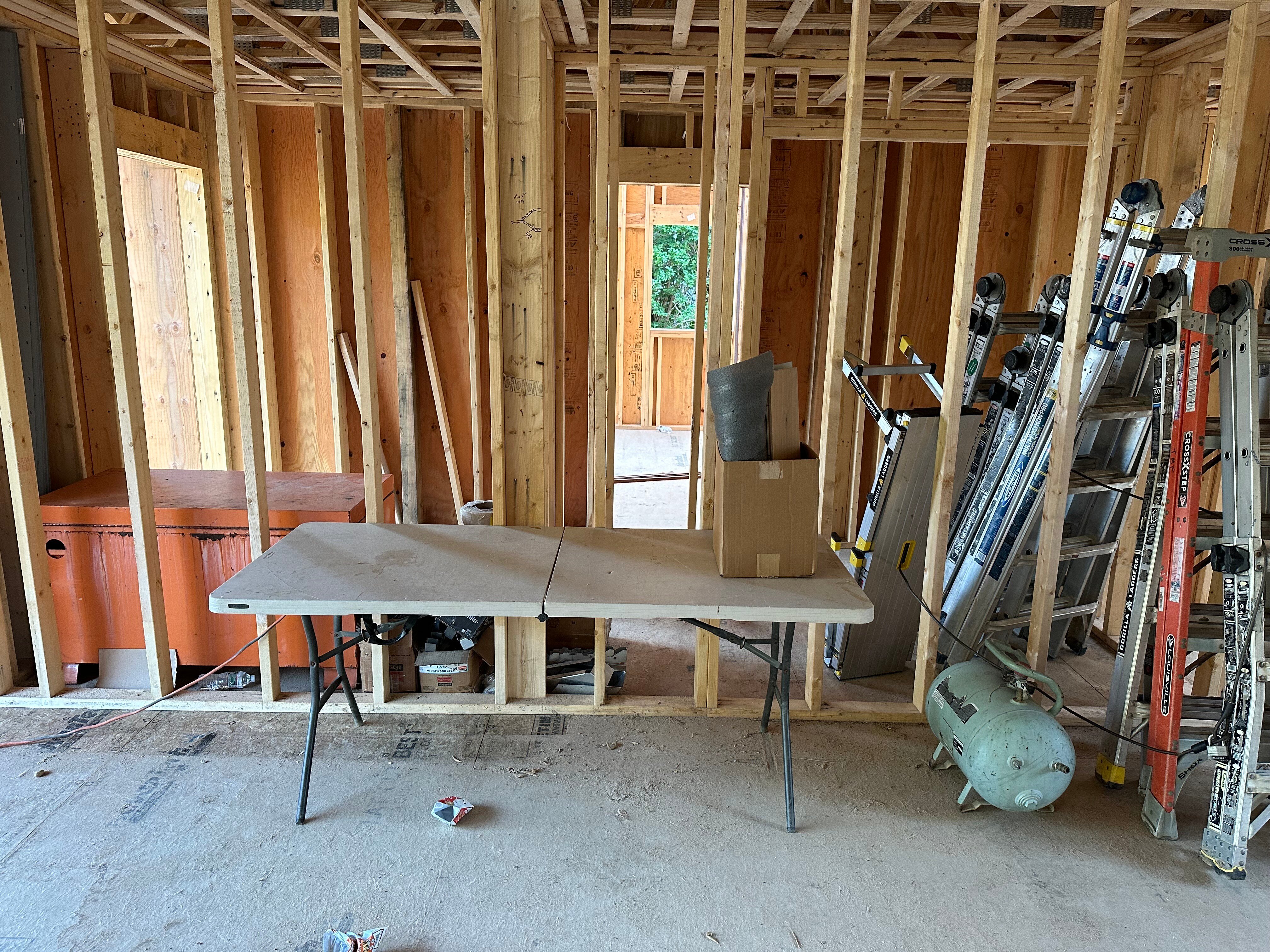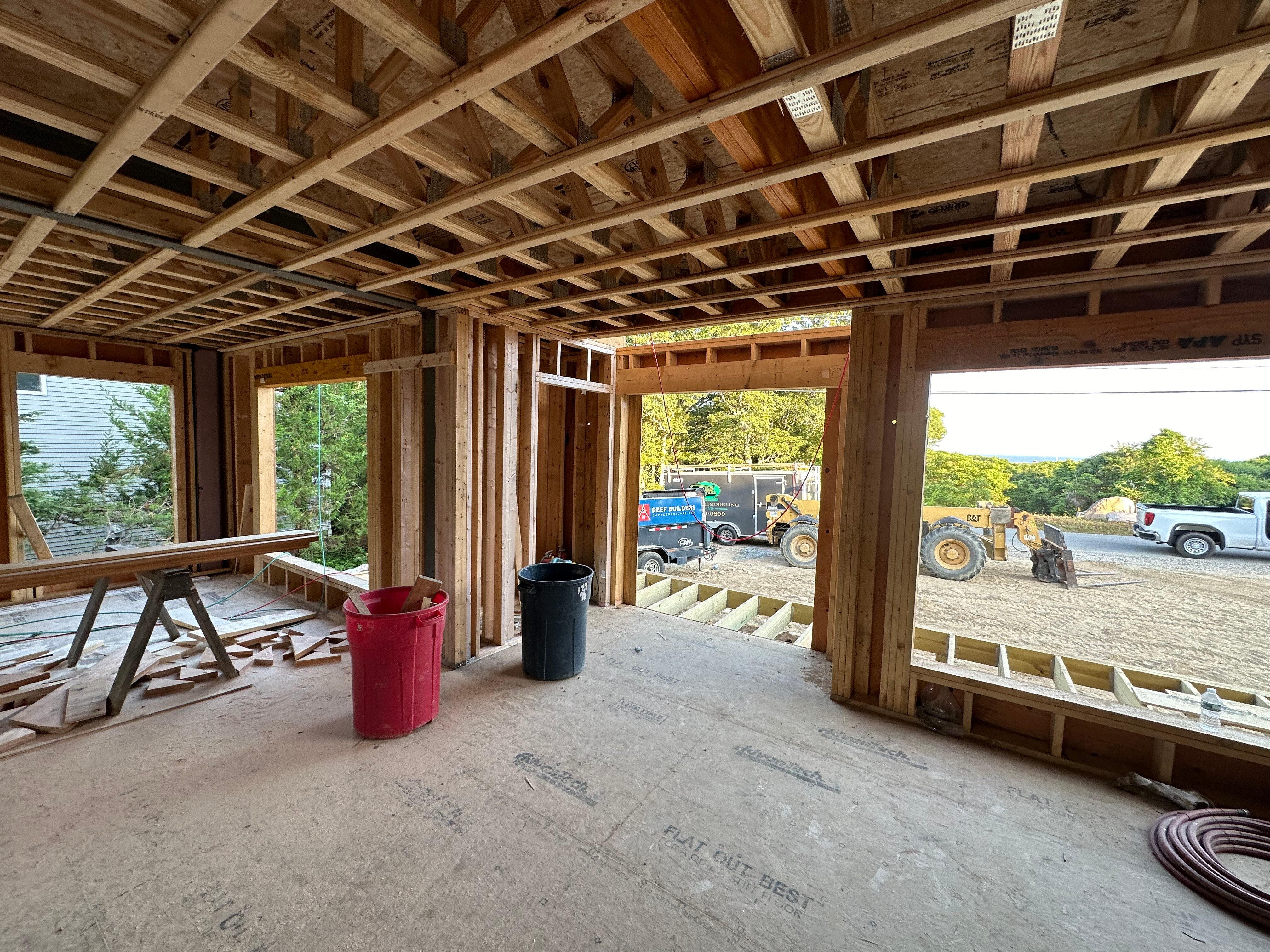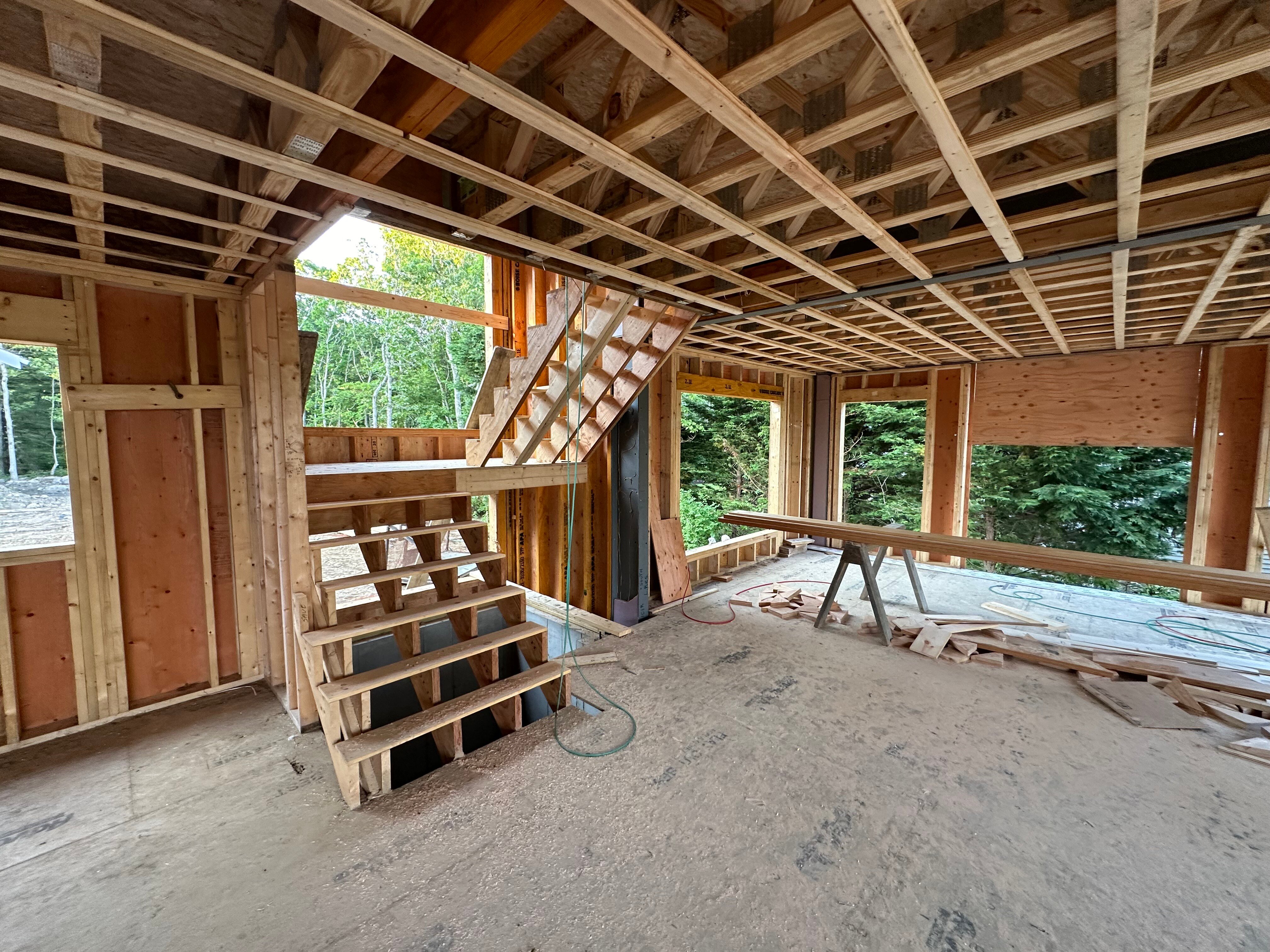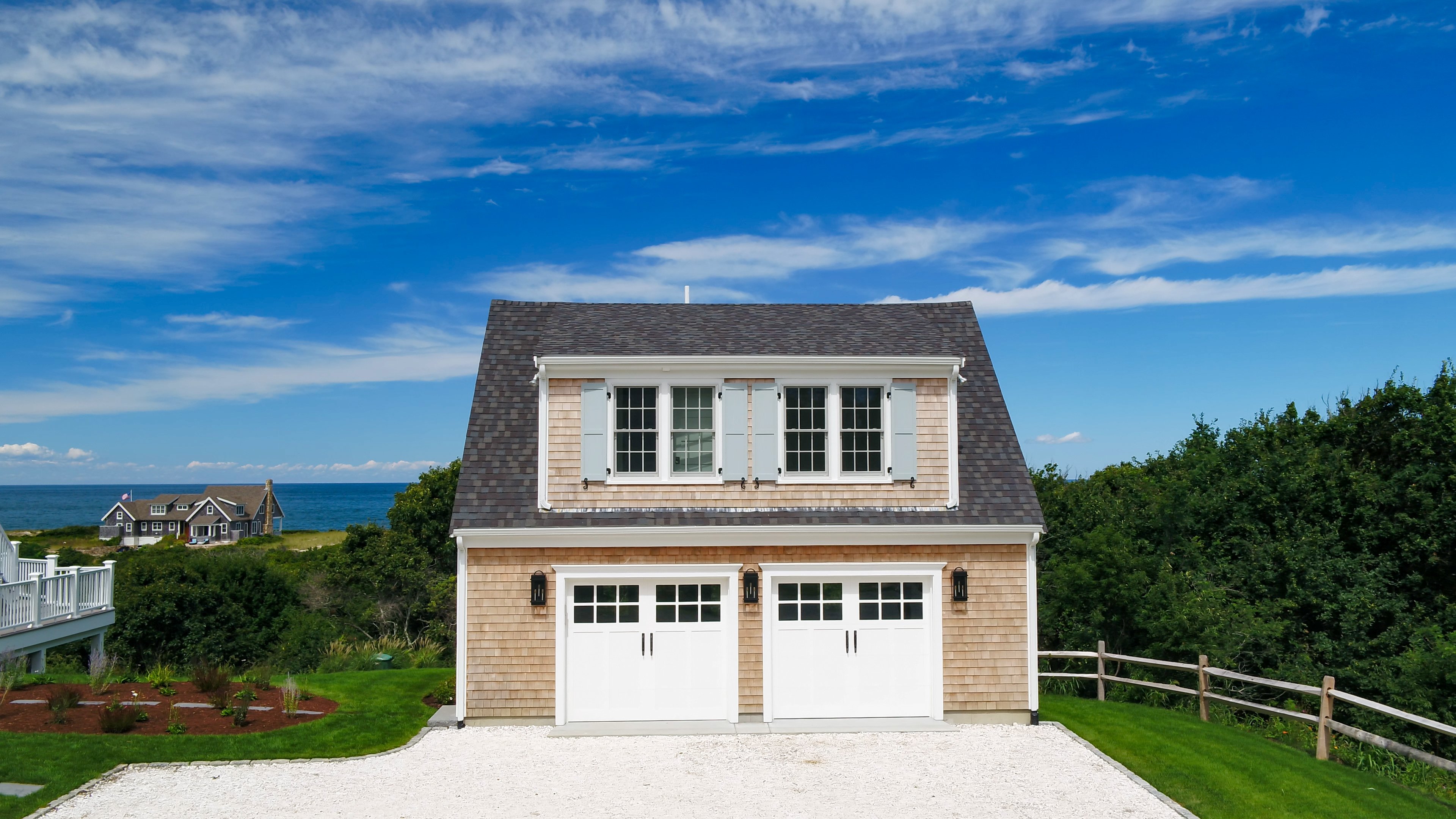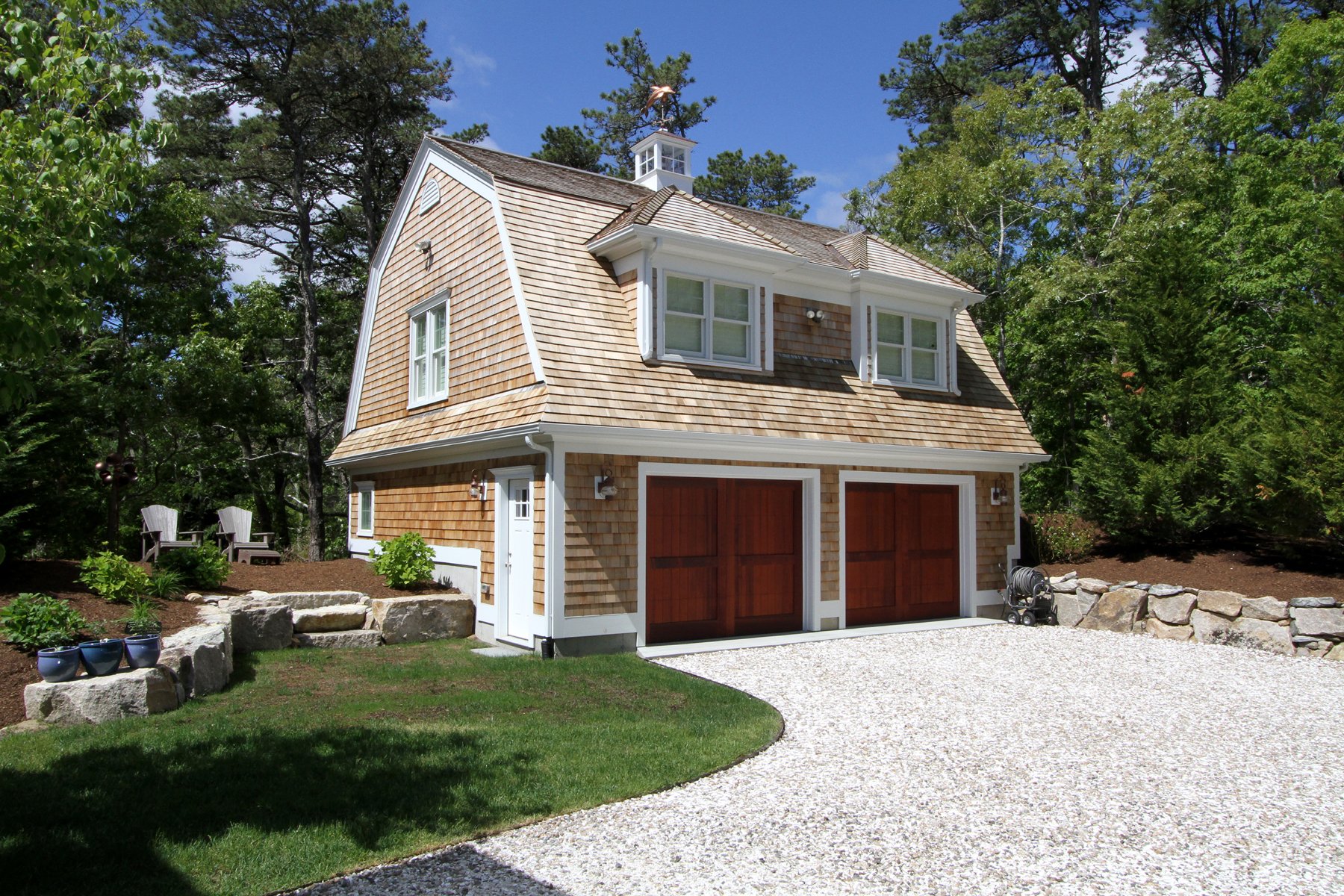Understanding the History of Zoning and Merged Lots
Zoning regulations have long played a crucial role in shaping the urban landscape of Massachusetts. These laws, designed to control land use and ensure orderly development, often led to the merging of small adjacent lots to meet minimum size requirements for construction. While these regulations aimed to manage urban sprawl and maintain community aesthetics, they inadvertently created hurdles for property owners seeking to develop or sell these smaller parcels.
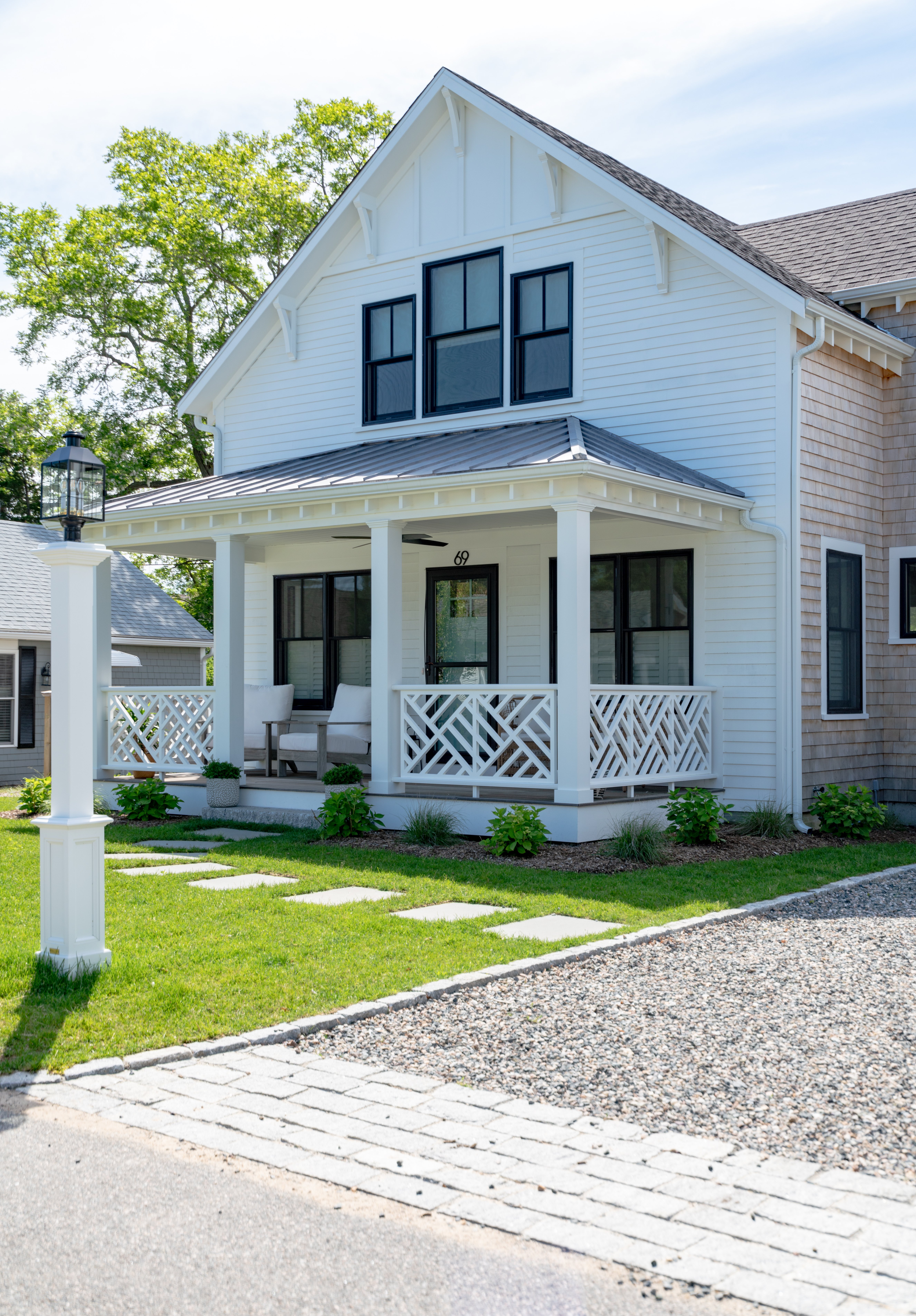
The merger of lots under previous zoning laws often stripped homeowners of their ability to utilize or sell their land as they saw fit, stifling potential growth and opportunities. As property demands evolve, the strict legacy of these zoning regulations has left many owners with underutilized assets. However, with the introduction of the Massachusetts Affordable Housing Act of 2024, these dynamics are set to change, offering new possibilities for small lot owners.
Key Provisions of the Massachusetts Affordable Housing Act 2024
The Massachusetts Affordable Housing Act of 2024 marks a pivotal shift in housing policy, aiming to alleviate the state's housing crisis by increasing the availability of affordable housing. A significant provision of the act addresses the issue of small lots previously merged by zoning regulations. This legislation allows for the de-merging of these lots, enabling property owners to develop or sell them independently.
This de-merging provision is a game-changer for property owners, as it effectively unlocks the potential of small parcels that were previously constrained. By easing restrictions, the act encourages the development of affordable housing units on these smaller lots, aligning with the state's broader goals of increasing housing supply and diversity. The legislation also includes incentives for developers who focus on affordable housing projects, further promoting the utilization of these newly available lands. REEF Builders has been following this issue for the past 40 years and this is a great opportunity for lot owners to develop land that would have otherwise been unbuildable under current zoning!
Challenges Faced by Property Owners of Merged Lots
Despite the promising changes introduced by the Affordable Housing Act, property owners of merged lots may still face a variety of challenges. One primary concern is the financial burden associated with developing these newly de-merged parcels. Construction costs, permitting fees, and infrastructure development can present significant hurdles for individual owners or small-scale developers.
Additionally, navigating the legal and bureaucratic processes required to de-merge lots and initiate development can be daunting. Property owners must familiarize themselves with updated zoning codes, compliance requirements, and potential environmental assessments. This complexity may necessitate professional assistance, which can be costly and time-consuming.
Opportunities for Development and Resale
While challenges exist, the Massachusetts Affordable Housing Act of 2024 opens up substantial opportunities for development and resale of small lots. The de-merging of lots allows property owners to consider innovative housing solutions, such as accessory dwelling units (ADUs) or compact, energy-efficient homes. These smaller, sustainable housing options are increasingly popular and align with contemporary urban living trends.
For those not inclined to develop, the market for these newly available parcels is likely to be robust. Demand for land in Massachusetts remains high, particularly in areas with limited housing inventory. Property owners can capitalize on this demand by selling their lots to developers or individuals seeking to build their own homes, potentially realizing significant returns on their investments. REEF's expertise in both real estate and construction is the perfect fit for land owners considering listing their lots for sale.
Effects on Property Values and Community Planning
The de-merging of small lots under the Affordable Housing Act is expected to have a notable impact on property values. As the supply of buildable land increases, property values may initially stabilize or experience moderate growth. However, over time, the development of affordable housing units can enhance neighborhood desirability, potentially boosting property values in the long term.
Community planning will also undergo a transformation as a result of this legislation. Planners and local governments will need to adapt to the influx of development proposals for small lots, ensuring that infrastructure and public services are adequate to support new residents. This presents an opportunity for municipalities to revisit and revise their comprehensive plans, fostering more inclusive and sustainable communities.
Enhancing Access to Affordable Housing Solutions
At its core, the Massachusetts Affordable Housing Act of 2024 is designed to enhance access to affordable housing solutions for residents across the state. By unlocking the potential of small merged lots, the act facilitates the development of more diverse housing options, catering to a range of income levels and family sizes.
For low- and moderate-income families, the act offers a pathway to homeownership or rental opportunities in previously inaccessible areas. This increased availability of affordable housing can reduce housing instability and provide a foundation for economic mobility. Moreover, the act's focus on sustainable development aligns with broader environmental goals, promoting a greener and more resilient housing stock.
In conclusion, the Massachusetts Affordable Housing Act of 2024 represents a significant step forward in addressing the state's housing challenges. By reshaping the landscape for small merged lots, the act offers both challenges and opportunities for property owners, developers, and communities. As these changes unfold, the potential for a more equitable and sustainable housing market in Massachusetts becomes increasingly tangible, promising a brighter future for residents across the state.
If you are considering selling your small lot or building on land that you own, please reach out to the REEF Builders at info@capecodbuilder.com








